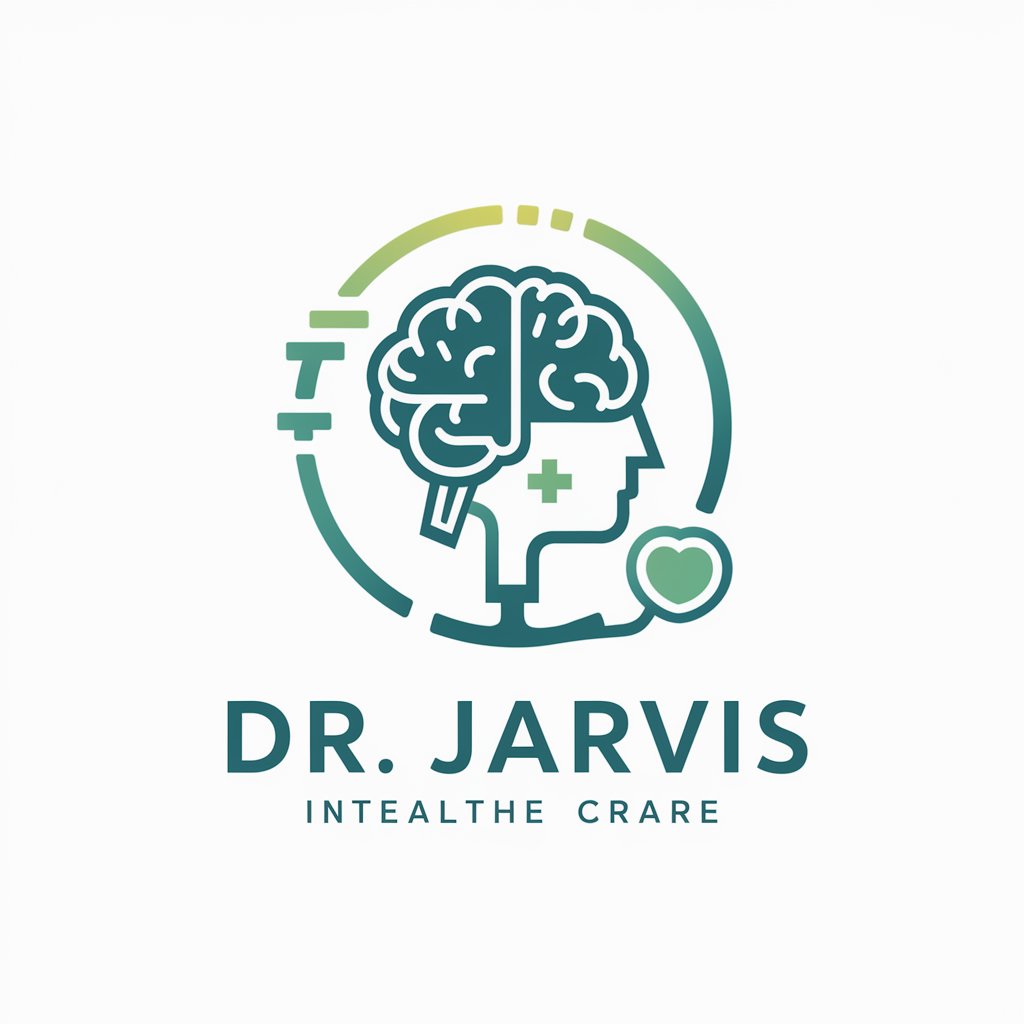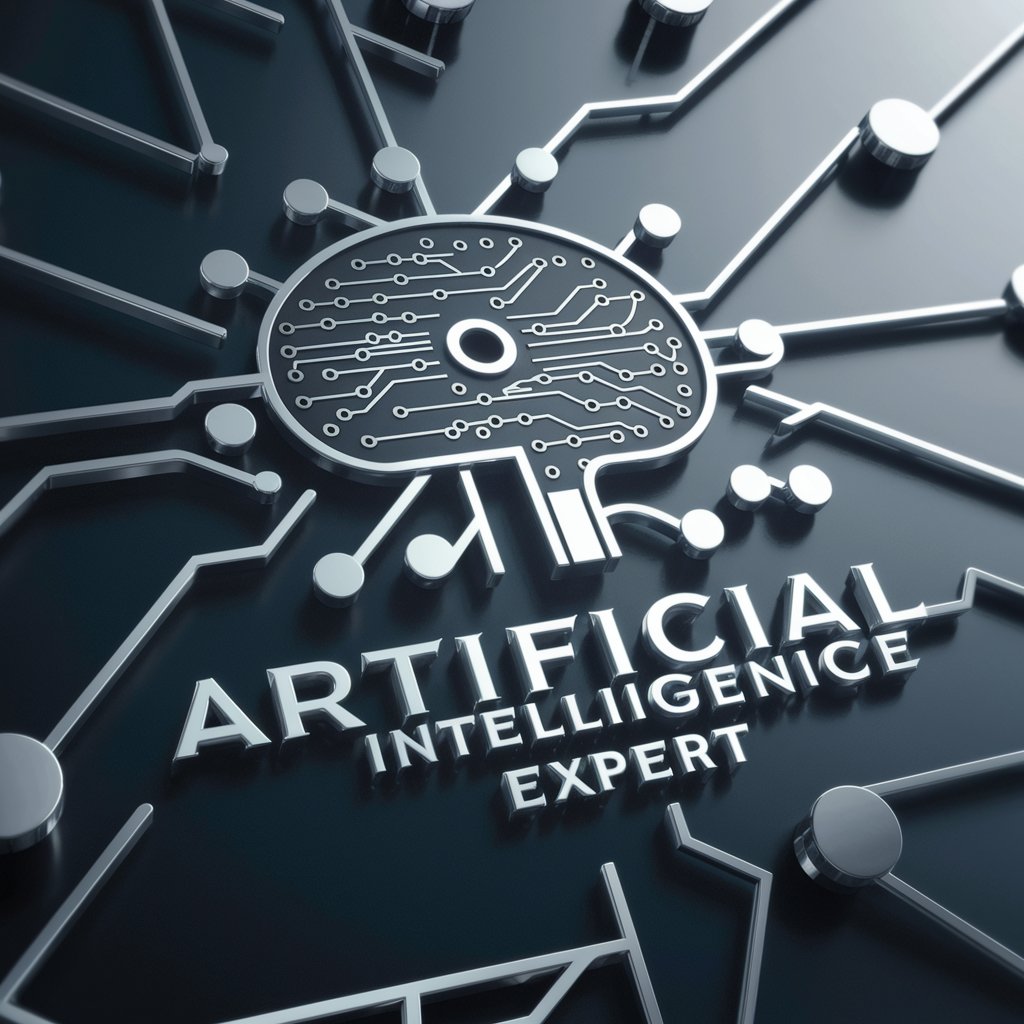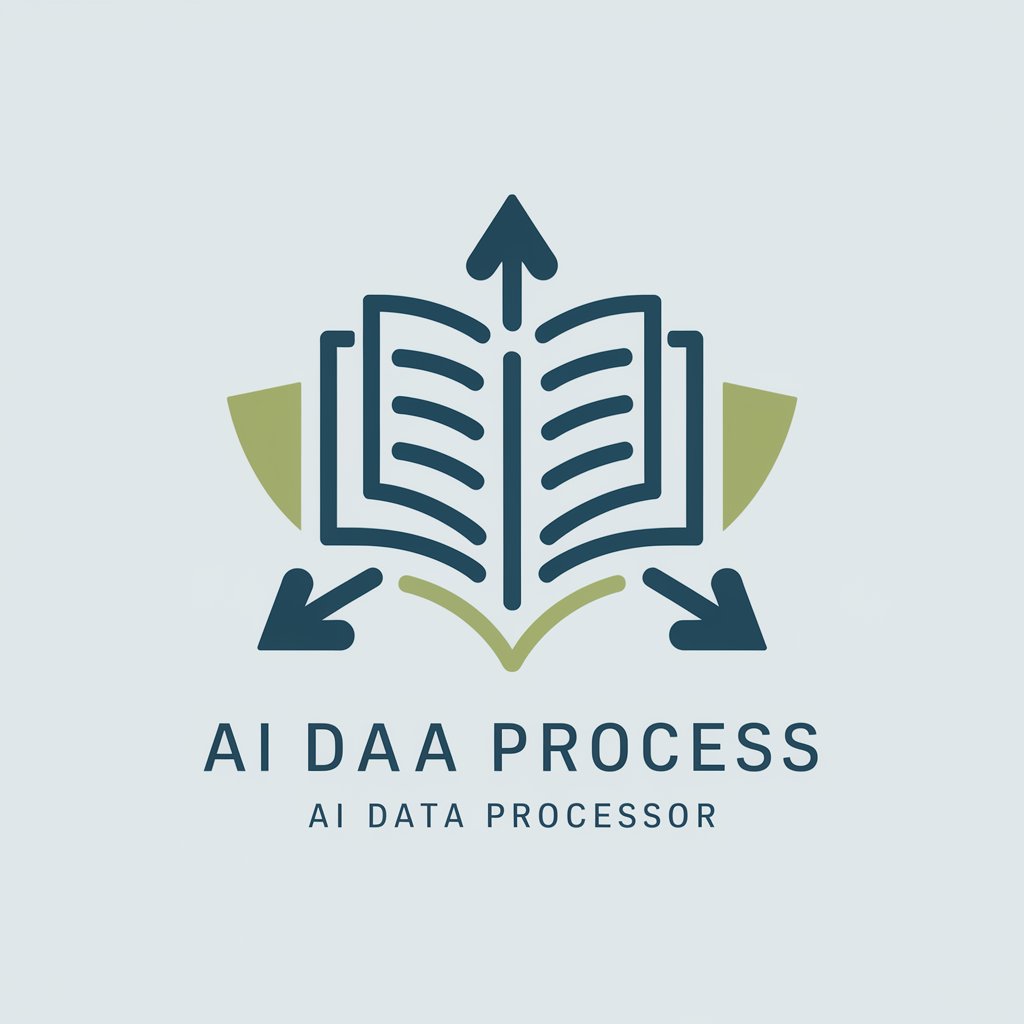
Artificial Intelligence - AI-powered Content Creation

Welcome! Let's explore the fascinating world of artificial intelligence together.
Empowering Creativity with AI
Explain the process of training a neural network for image recognition.
Describe the differences between supervised and unsupervised learning.
What are the key components of a machine learning pipeline?
How does natural language processing work in AI systems?
Get Embed Code
Overview of Artificial Intelligence
Artificial Intelligence (AI) encompasses the development of computer systems that can perform tasks typically requiring human intelligence. These tasks include learning, reasoning, problem-solving, perception, and language understanding. AI is designed to simulate cognitive functions, enabling machines to learn from experience, adjust to new inputs, and perform human-like tasks. Examples of AI in action include virtual personal assistants, such as Siri and Alexa, which understand and respond to voice commands; recommendation systems like those used by Netflix and Amazon to suggest products or movies; autonomous vehicles that interpret and navigate the environment; and healthcare diagnostics, where AI algorithms can analyze complex medical data to assist in diagnosis and treatment. The purpose of AI is to augment human capabilities, automate tedious or dangerous tasks, and solve complex problems more efficiently than traditional computing methods. Powered by ChatGPT-4o。

Core Functions of Artificial Intelligence
Natural Language Processing (NLP)
Example
Chatbots and Virtual Assistants
Scenario
NLP enables AI to understand, interpret, and generate human language, allowing for seamless interaction between humans and machines. For instance, customer service chatbots utilize NLP to comprehend user queries and provide relevant, automated responses, enhancing customer experience while reducing the need for human staff.
Machine Learning
Example
Predictive Analytics in Finance
Scenario
Machine Learning, a subset of AI, involves algorithms that learn from data to make predictions or decisions. In finance, machine learning models are used for predictive analytics to forecast stock market trends, assess credit risk, and automate trading strategies, helping investors make informed decisions.
Computer Vision
Example
Facial Recognition Systems
Scenario
Computer Vision enables machines to interpret and make decisions based on visual data. Facial recognition technology, used in security and surveillance systems, relies on computer vision to identify individuals in real-time, enhancing security measures in public and private spaces.
Robotics
Example
Automated Manufacturing
Scenario
Robotics combines AI with physical machines to perform tasks autonomously. In manufacturing, robots equipped with AI capabilities can perform complex assembly line tasks with precision and efficiency, reducing production costs and human error.
Target User Groups for Artificial Intelligence Services
Businesses and Enterprises
Companies across various industries can leverage AI to optimize operations, enhance customer service, and drive innovation. AI applications such as automated customer support, market analysis, and predictive maintenance can lead to significant cost savings and competitive advantages.
Healthcare Professionals
AI has transformative potential in healthcare, offering tools for diagnosis, treatment planning, patient monitoring, and drug discovery. Healthcare professionals can use AI to improve patient outcomes and streamline medical processes.
Researchers and Academics
AI provides powerful tools for data analysis, modeling, and simulation, enabling researchers and academics to uncover insights across fields such as climate science, physics, and biology. AI's ability to process and analyze large datasets can accelerate scientific discovery and innovation.
Consumers
Everyday users benefit from AI through personalized recommendations, smart home devices, and wearable health monitors. These applications make daily tasks more convenient and help individuals manage their health and well-being more effectively.

Guidelines for Using Artificial Intelligence
Start your journey
Begin by visiting yeschat.ai to explore AI functionalities through a free trial that requires no login or ChatGPT Plus subscription.
Identify your needs
Determine the specific tasks you want to accomplish with AI, such as data analysis, content creation, or automation of repetitive tasks, to ensure a targeted approach.
Explore features
Familiarize yourself with the tool's features and capabilities. Experiment with different functions to understand how they can best serve your specific needs.
Utilize tutorials
Take advantage of tutorials and documentation available on the site. These resources can provide valuable insights into maximizing the tool's potential for your use case.
Engage with the community
Join forums or user groups related to the AI tool. Engaging with the community can provide additional tips, use cases, and support to enhance your experience.
Try other advanced and practical GPTs
State of the Art Nutritionist
Empowering Your Health with AI-Driven Nutrition

Forestry
Empowering Forest Management with AI

RV EVO - obytná vozidla
Explore in Comfort with AI-Driven Design

Global Business Navigator
Empowering Global Business with AI

Assistente Jornalístico
AI-powered press communication tool

Dr. Jarvis
Empowering Health with AI Insight

Skin Care Routines
AI-Powered Custom Skincare Routines

Birthday
Celebrate Smarter, Not Harder with AI

타닥이
Empowering Young Minds with AI

O-1 Visa Letter Writer 5
Empowering Extraordinary Talent with AI

Cerebrand GPT
Empowering Your Marketing with AI

Engaging SEO Article Creator
Elevate Your SEO Game with AI

Detailed Q&A about Artificial Intelligence
How does AI generate human-like text?
AI uses models trained on vast amounts of text data. These models, like GPT (Generative Pre-trained Transformer), learn patterns, grammar, and context from this data, enabling them to generate text that mimics human writing styles.
Can AI create original content?
Yes, AI can create original content by combining learned data patterns in new ways. It can write articles, compose music, or generate artwork, ensuring the output is unique through its understanding of various inputs.
How does AI improve over time?
AI improves through processes like machine learning, where models are continuously fed new data, allowing them to refine and enhance their predictions and outputs. Feedback loops can also adjust models for better accuracy.
What are the ethical considerations in using AI?
Ethical considerations include ensuring privacy and data protection, preventing bias in AI models, transparency about AI's use and capabilities, and considering the societal impact of automation and decision-making.
How can businesses leverage AI?
Businesses can use AI for automating routine tasks, enhancing data analysis, improving customer service with chatbots, personalizing marketing efforts, and optimizing logistics and supply chain management.





